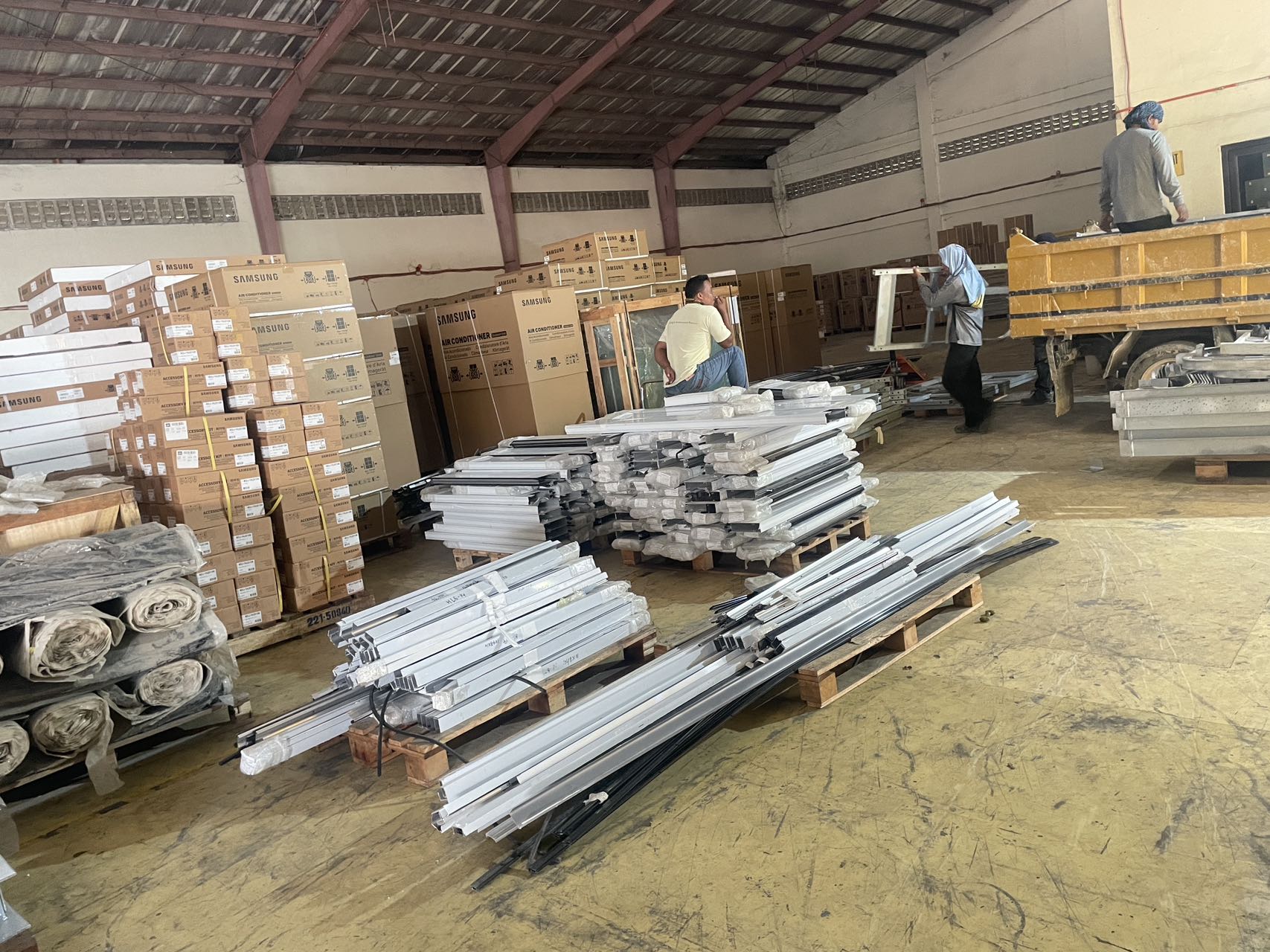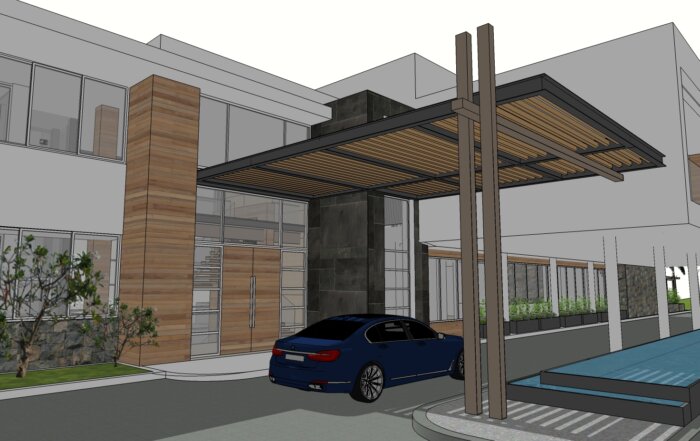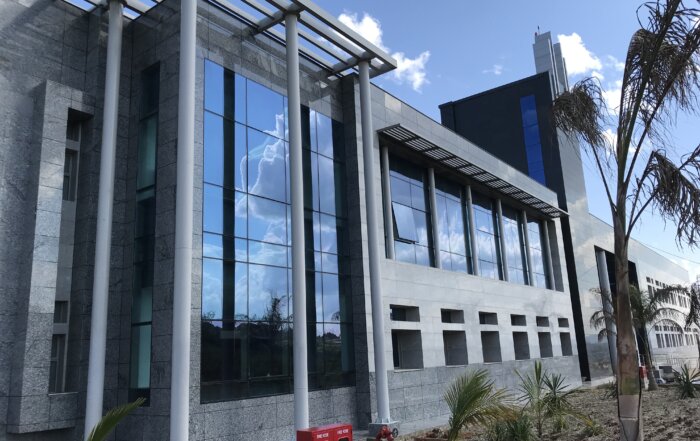What Is Hidden frame curtain wall

What are the key benefits of using a hidden frame curtain wall system?
The primary benefits of hidden frame curtain wall systems include their sleek, modern aesthetics with minimalist sightlines and the hidden structural frame. This unitized curtain wall system provides enhanced thermal performance by reducing thermal bridging and offers superior air and moisture control. Their robust structural performance allows large spans of glass with high wind load and seismic resistance.
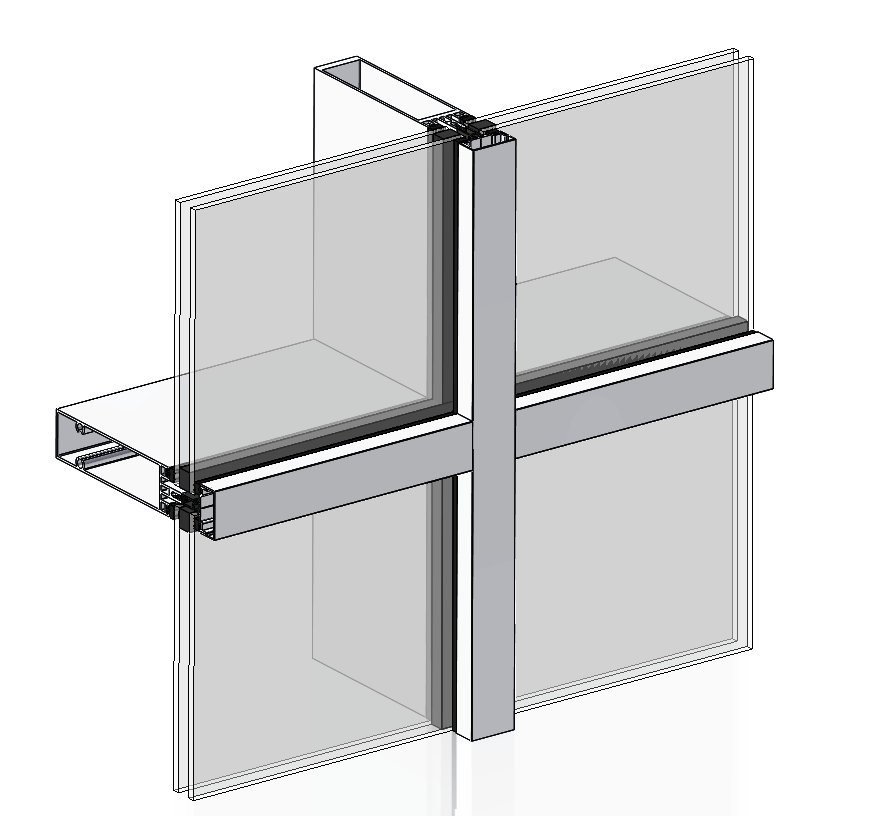
How does the cost of a hidden frame curtain wall compare to other curtain wall systems?
Generally, hidden frame curtain wall costs are slightly higher than standard stick-built systems due to the additional fabrication required. However, their unitized pre-glazed design can offset some installation labor costs. Factors like glass types, finishes, and custom features also impact hidden frame curtain wall prices.
What are the best materials to use for hidden frame curtain walls (glass, aluminum, etc.)?
The most common materials are aluminum frames combined with insulating glass units, though steel can be used for enhanced structural performance. The glass types vary – low-e coated, tinted, fritted, laminated glass – to meet energy, aesthetic and safety requirements. Proper sealants, gaskets and thermal breaks are critical.
How does the installation process differ for hidden frame curtain walls versus standard curtain walls?
Hidden frame curtain wall installation involves lifting and setting large pre-glazed unitized panels using lifting frames and equipment. Proper anchorage to the building structure is crucial. In contrast, stick-built curtain walls are constructed piece-by-piece on site. While more labor intensive, stick allows greater quality control.
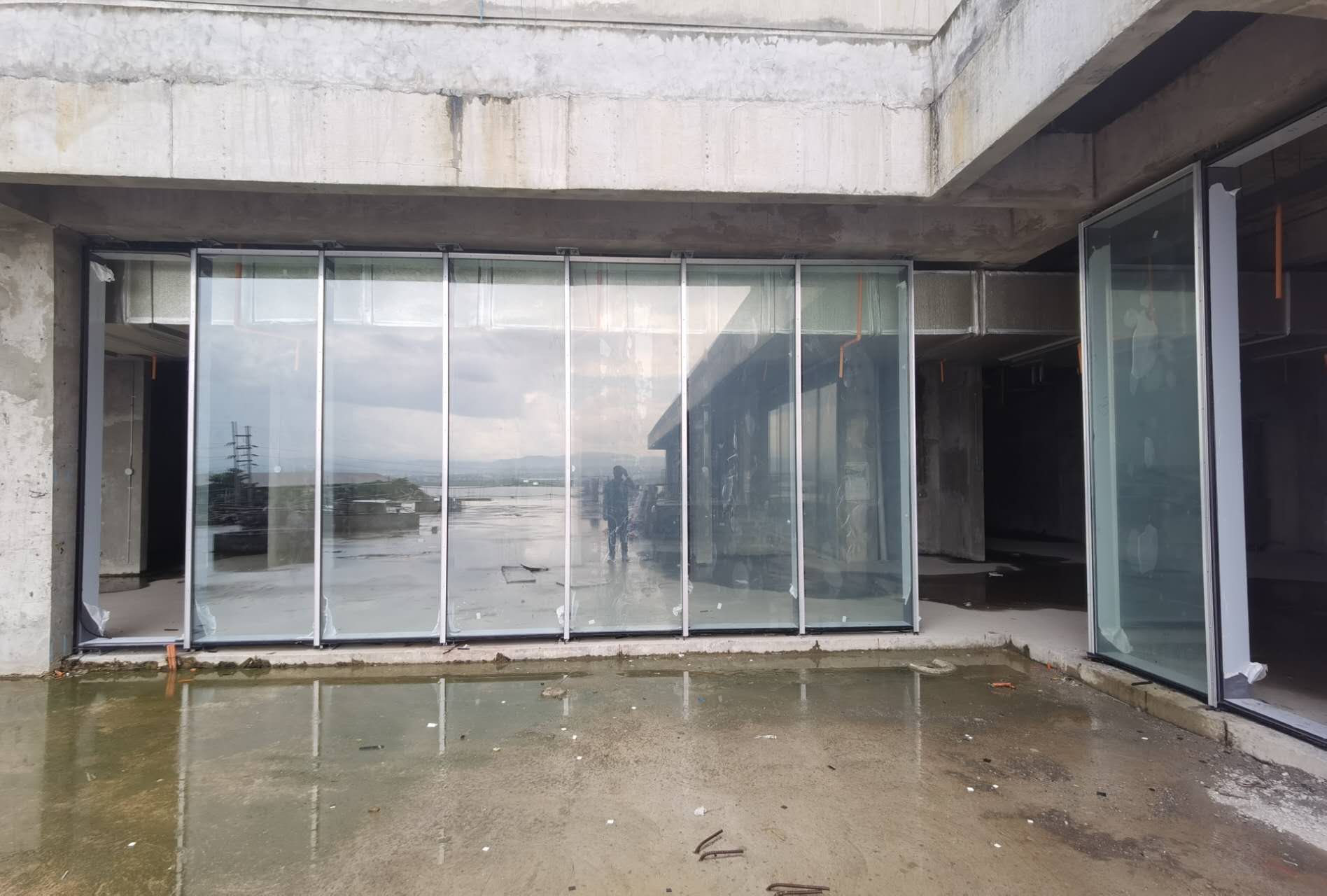
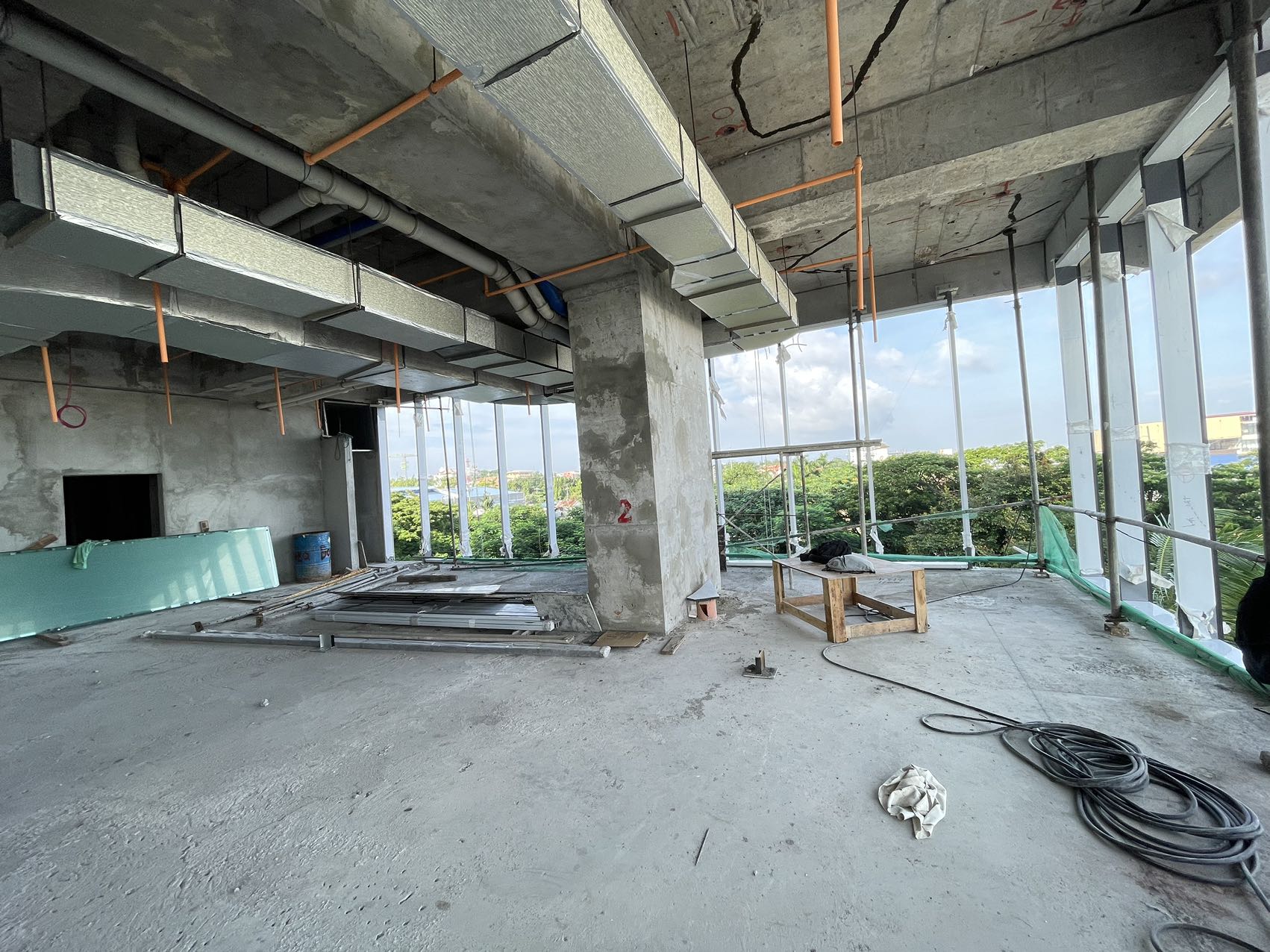
What are some important design considerations for hidden frame curtain wall systems?
Key design aspects include structural engineering to Factor windloads, allowing for adequate system drainage and venting, specifying the right glass make-up for thermal and solar performance, detailing system joints and interfaces, and considering prefabrication and transportation constraints for the large unitized panels.
How do hidden frame curtain walls perform in terms of energy efficiency and thermal bridging?
Hidden frame curtain walls can achieve very high thermal performance and low U-values by utilizing tight panel joinery and minimizing conductive metal-to-metal connections that cause thermal bridging. Proper use of low-conductivity materials in the framework enhances energy efficiency.
